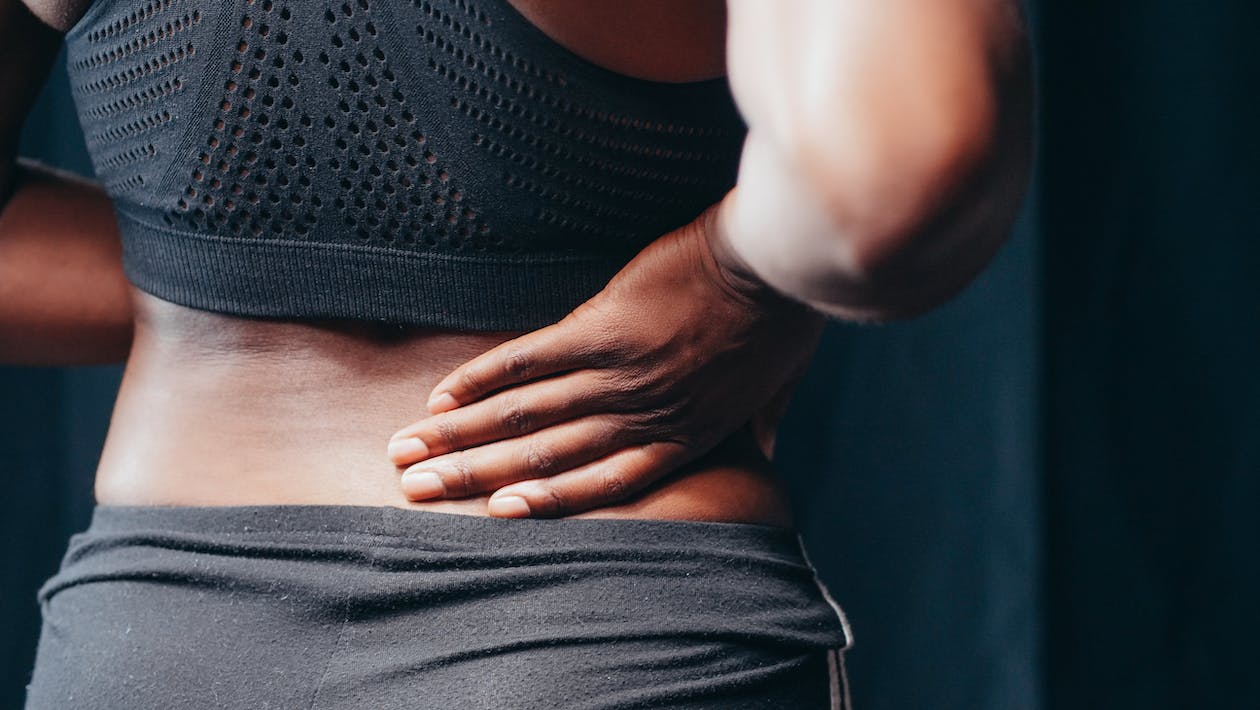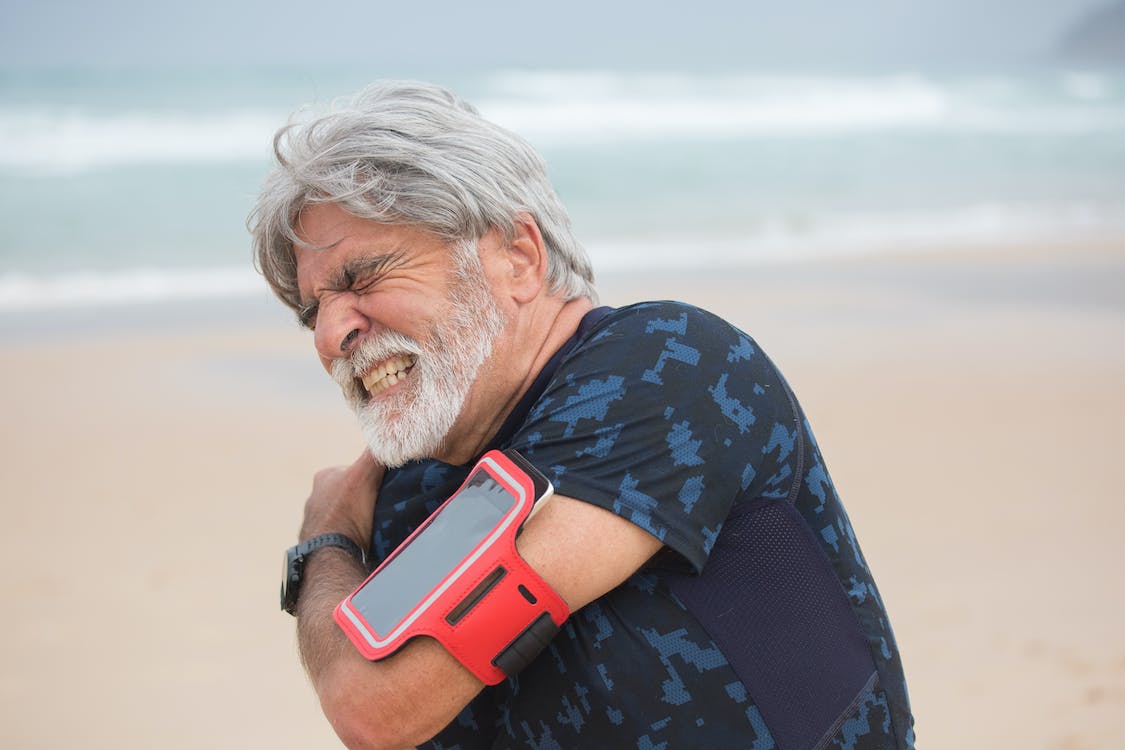To treat a variety of pains and injuries, hot and cold treatments, also known as thermotherapy and cryotherapy, respectively, are often used. The precise condition and stage of the injury will determine whether heat or cold treatment is best.
Heat Therapy

How it works
Heat therapy works by increasing blood flow and circulation to a specific location due to an increase in temperature. Even a slight increase in the temperature of the painful area can reduce discomfort and improve muscular flexibility. Heat treatment helps to heal injured tissue while calming and relaxing the muscles.
Types
Heat therapy comes in two types: dry heat and moist heat. The ideal temperature for both types of heat therapy should be “warm” rather than “hot.”
- Heating pads, dry heating packs, and even saunas are examples of sources of dry heat (also known as “conducted heat therapy”). It is simple to administer this heat.
- Steaming towels, wet heating pads, and hot baths are examples of sources of moist heat, often known as “convection heat.” For the same outcomes, moist heat may be somewhat more efficient and require less application time.
There are also professional heat therapy procedures available. For example, heat from an ultrasound can be utilized to reduce tendinitis discomfort.
You have the option of using local, regional, or whole-body treatment while using heat therapy. For localized areas of pain, such as one stiff muscle, local treatment works best. If you only need to treat a localized injury, try a hot water bottle or little heated gel packs. A steamed towel, a sizable heating pad, or heat wraps are all effective regional treatments for pain or stiffness that are more widespread. Options for full-body therapy can include a hot bath or a sauna.
When not to use
Heat therapy should not be used in several circumstances. Cold therapy may be preferable if the affected area is swollen, bruised, or both. Additionally, an open wound should not be treated with heat therapy.
Due to the increased risk of burns or other problems from the application of heat, people with certain pre-existing conditions should not utilize heat therapy. These circumstances include:
- diabetes
- dermatitis
- vascular diseases
- deep vein thrombosis
- Multiple sclerosis (MS)
Before using heat therapy, check with your doctor if you have hypertension or heart problems. Before using a hot tub or sauna while pregnant, consult your doctor.
Applying heat therapy
In contrast to cold therapy, which should only be used shortly, heat therapy is frequently most useful when utilized for a substantial period. Only 15 to 20 minutes of heat therapy will often ease mild stiffness or stress. Longer heat therapy sessions, lasting between 30 minutes and two hours, like a warm bath, can help people with moderate to severe pain.
Potential risks
Instead of using “hot” temperatures, heat therapy should make use of “warm” ones. You risk skin burns if you apply too much heat. There is a danger that heat therapy if used while you are infected, could make the infection more likely to spread. Never apply heat to a specific location for longer than 20 minutes at a time, such as with heating packs. If your swelling increases, cease the treatment right away. Make an appointment with your doctor if, after a week, heat therapy has not relieved your pain or suffering or if it worsens within a few days.

Cold therapy
How it works
Cryotherapy is another name for cold therapy. It functions by decreasing blood flow to a specific area, which greatly reduces swelling and inflammation that cause pain, particularly around a joint or tendon. It may momentarily lessen nerve activity, which eases pain.
Types
Applying cold therapy in various ways to an affected area is possible. Options for treatment include:
- either ice cubes or frozen gel packs
- coolant sprays
- ice massage
- ice baths
In some cases, cold therapy may also take the following forms:
- Stretching that uses cryostretching, which makes use of cold to lessen muscular spasms,
- Cryokinetics, which combines cold therapy with vigorous exercise and is beneficial for sprained ligaments
- Chambers for whole-body cooling therapy

When not to use
Cold treatment should not be used at home by people who have sensory abnormalities that make it impossible for them to experience certain sensations because they might not be able to tell if any harm is being done. This includes diabetes, which may impair sensitivity and cause nerve damage. The use of cold treatment on tense muscles or joints is not advised. In the instance that you have impaired circulation, avoid using cold therapy.
Applying cold therapy
Apply an ice pack or an ice bath to the affected area for at-home treatment. A frozen object should never be applied directly to the skin since it can harm the skin’s tissues. As soon as possible after an injury, use cold therapy.
Use short bursts of cold therapy many times per day. To prevent nerve, tissue, and skin damage, cold therapy should only be applied for ten to fifteen minutes at a time and not longer. For optimal effects, elevate the afflicted area.
Potential risk
If you do not take precautions, cold therapy given too frequently or too directly can harm your skin, tissues, or nerves. Before utilizing cold therapy if you have heart disease or cardiovascular illness, talk to your doctor. Call your doctor if cold therapy does not reduce swelling or an injury within 48 hours.

Which therapy works best?
Cold Therapy (Cryotherapy):
- Acute Injuries – When there is inflammation, swelling, or redness, cold treatment is frequently applied. Sprains, strains, and bruises are included in this category of injuries.
- Pain relief – By numbing the affected area and decreasing blood flow, it can lessen pain by limiting swelling and inflammation.
- Headaches and Migraines – Cold compresses or packs placed on the forehead or neck might occasionally ease tension or migraine headaches.
- Dental Procedures – Cold treatment may be applied following dental operations to lessen swelling and pain.
Hot Therapy (Thermotherapy):
- Chronic Pain – Hot treatment is frequently used to treat chronic illnesses and muscular discomfort. It can facilitate tissue relaxation and loosening while enhancing local blood flow.
- Muscle Stiffness – It may be useful for easing stiffness in the muscles and enhancing flexibility.
- Arthritis – People who have arthritis may find relief from the pain and stiffness of their joints by applying heat to the affected area.
- Menstrual cramps – Applying heat to the lower abdomen might help ease the pain brought on by cramps.
Conclusion
Effective treatment depends on knowing how to use cold and heat therapy correctly. Both treatments may be required depending on the circumstance; for example, heat may be used to treat joint stiffness and cold may be used to treat swelling and severe pain in disorders like arthritis. If the medication causes more pain, stop using it. If, after regular use, little progress is made, it is advised that you consult a doctor about other options. Additionally, throughout therapy, if bruises or skin changes appear, you should get in touch with a medical expert.

